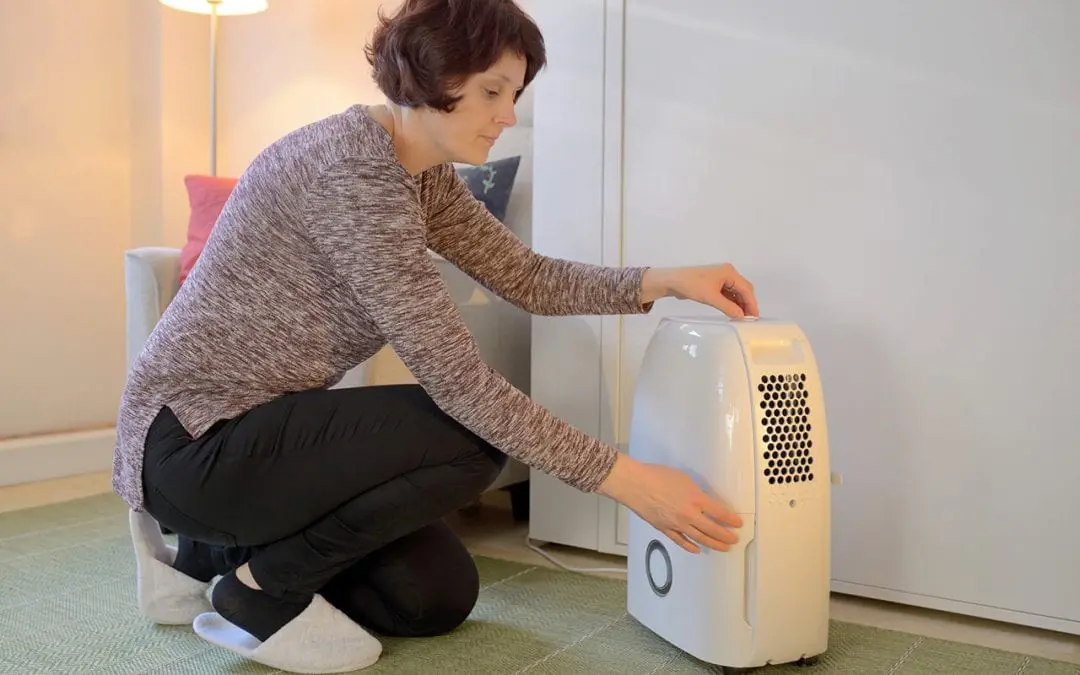Today, builders design well-insulated, energy-efficient homes. This helps property owners with lower energy bills, yet it does have a downside. Maintaining fresh air is sometimes challenging in tightly insulated buildings. Clean, pollutant-free air is especially important to people afflicted with allergies. Pet dander, pollen, or other allergens in the environment can aggravate respiratory health. Read on to learn how to improve air quality inside your home.
Try These Techniques to Improve Air Quality Indoors
Improve air quality inside your home by using thoughtful cleaning and household management techniques. If you reside in a newer, energy-efficient home, adopt some of these methods for better indoor air quality:
1. Install Window and Door Screens
During seasons of the year without significant pollen, improving air quality can be as simple as opening a door or window and enjoying a refreshing breeze. Place screens on windows and doors to admit fresh air without unwanted insects. By introducing outdoor air in with the circulation of interior air, homeowners can easily and cost-effectively improve their air quality indoors.
2. Use Air Conditioning and Dehumidifiers
Many experts recommend the use of air conditioning along with dehumidifiers during hot weather to promote a cool, refreshing flow of indoor air. The dehumidifier extracts excess moisture, helping to prevent unpleasant, damp conditions. If your home frequently experiences a wet basement, adding a dehumidifier downstairs will help prevent mold and mildew growth.
3. Improve Air Quality by Replacing Air Conditioner Filters Frequently
Replace your air conditioner filters frequently. Changing the filter removes airborne particulates, preventing this material from recirculating within your home. A new filter increases the efficiency of the air conditioner and reduces problems caused by the unit having to work too hard.
4. Dry Clothes and Linens Indoors
If hay fever or other allergies related to plant pollen concern you, don’t dry clothes on a clothesline outdoors. Air movement outdoors dries clothing rapidly, but wind also carries air-borne pollen that will cling to your laundry. Tumble drying items indoors is a safer strategy that won’t transport pollen inside and degrade interior air quality.
5. Use a Hood Vent to Improve Air Quality
Stale cooking odors reduce the quality of your indoor air. Prevent this problem by installing a hood vent and kitchen exhaust system if you don’t already have one. Commercial restaurants rely on this equipment to help eliminate unwanted food odors and moisture. If you do already have a fan venting outdoors, always remember to turn it on while cooking.
6. Obtain Periodic Duct and Vent Cleaning Services
Duct and vent cleaning services also help improve air quality indoors. Professionals who offer this type of cleaning use specially designed tools to access narrow ducts and vents. Air traveling through clean vents reduces particulates and extends the life of your air filters.
Improve Air Quality to Enjoy More Comfortable Living Spaces
Improving indoor air quality reduces respiratory problems and allows your family to breathe clean, healthy air. Use these techniques to help allergy sufferers in your household enjoy a better quality of life.
Border Property Inspections offers air quality and mold inspections throughout the Midwest Region of Canada. Contact us to schedule an inspection.

